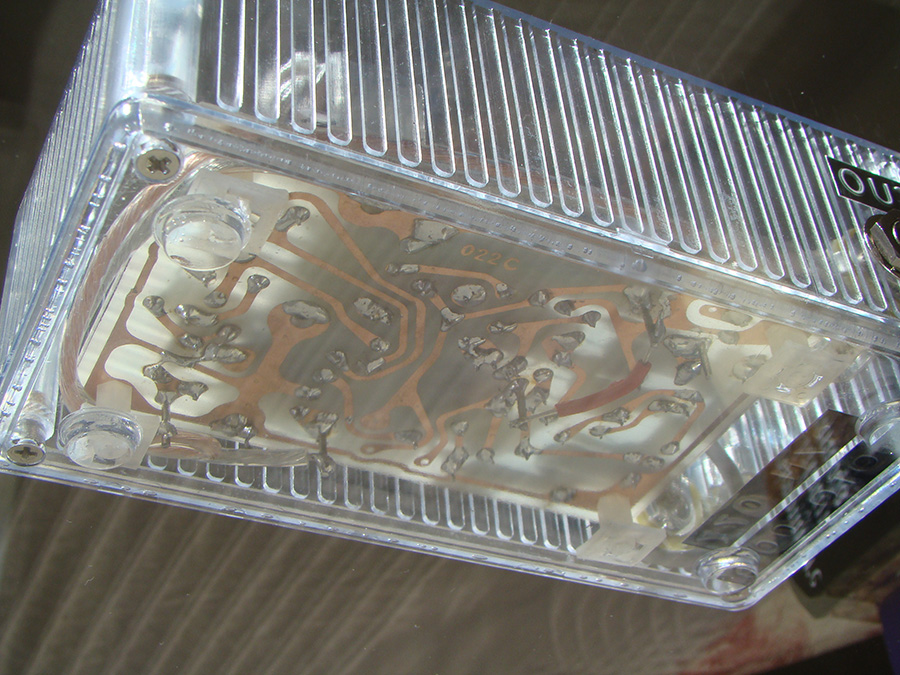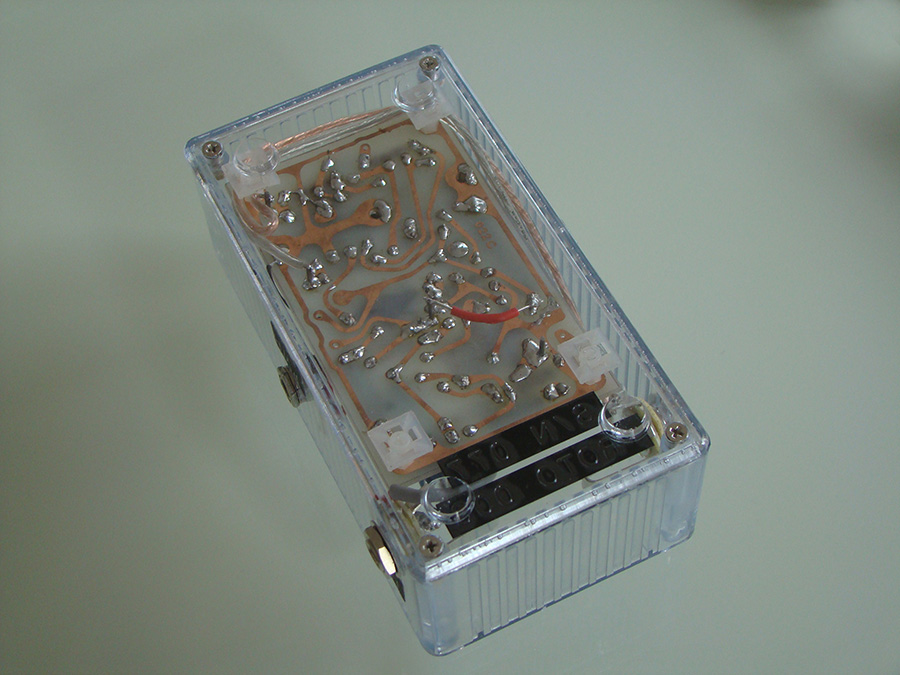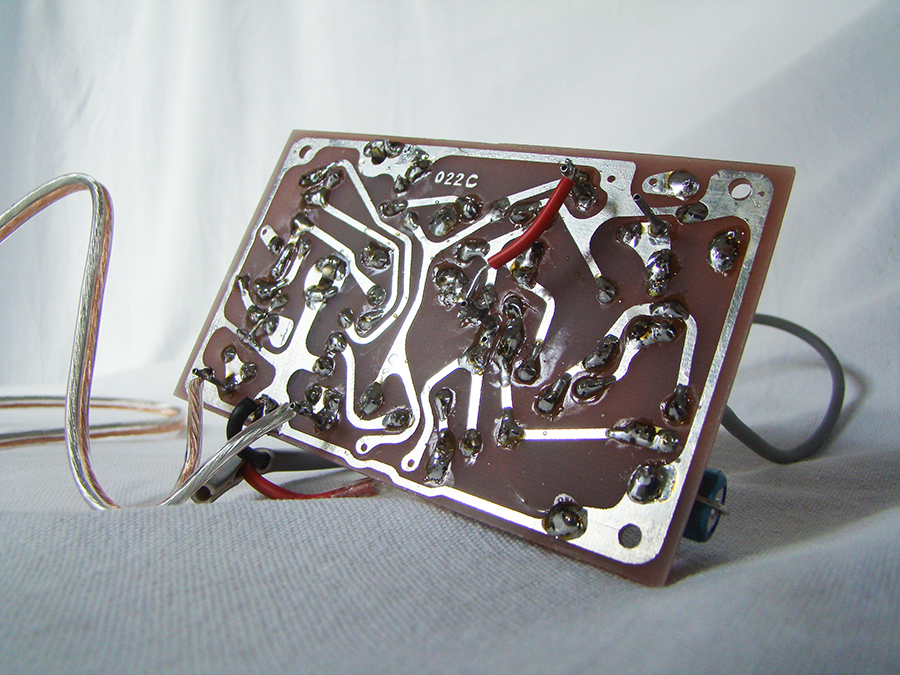Hello everyone,
First time post here. I'm looking for suitable transformers for a Deacy-style amp. I would be very grateful for suggesting off-the-shelf ones or places to order custom-made ones. In the past I tried contacting multiple companies, but none were willing no make them. Knight Audio Technologies (deacyamp.com) used to have some, but they are obsolete now, and they won't make more in the future. I also consider winding them myself if I can obtain the parts, since they don't have many windings and are not high quality (see the story picture).
Based on the information I was able to gather:
The specs are (RDC 10% tolerance):
Interstage: 1500 turns (RDC 230 Ohm) : 275-0-275 (RDC 106 Ohm)
Output: 125-0-125 (RDC 8.6 Ohm) : 20-0-20 (RDC 4.3 Ohm)
Dimensions (mm): 25.4x21.3x19.9
Both dipped in varnish.
The speaker is 16 Ohm.
I don't know what the core type (someone suggested 262 laminations) is or what wire gauges are.
The Deacy amp schematic and some transformer pictures and story from deacyamp.com and other sources:



First time post here. I'm looking for suitable transformers for a Deacy-style amp. I would be very grateful for suggesting off-the-shelf ones or places to order custom-made ones. In the past I tried contacting multiple companies, but none were willing no make them. Knight Audio Technologies (deacyamp.com) used to have some, but they are obsolete now, and they won't make more in the future. I also consider winding them myself if I can obtain the parts, since they don't have many windings and are not high quality (see the story picture).
Based on the information I was able to gather:
The specs are (RDC 10% tolerance):
Interstage: 1500 turns (RDC 230 Ohm) : 275-0-275 (RDC 106 Ohm)
Output: 125-0-125 (RDC 8.6 Ohm) : 20-0-20 (RDC 4.3 Ohm)
Dimensions (mm): 25.4x21.3x19.9
Both dipped in varnish.
The speaker is 16 Ohm.
I don't know what the core type (someone suggested 262 laminations) is or what wire gauges are.
The Deacy amp schematic and some transformer pictures and story from deacyamp.com and other sources:












